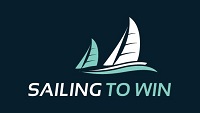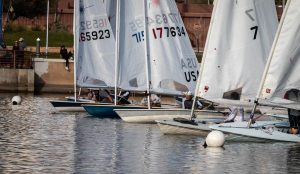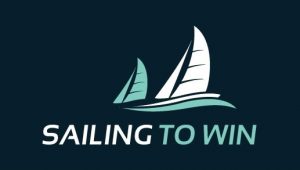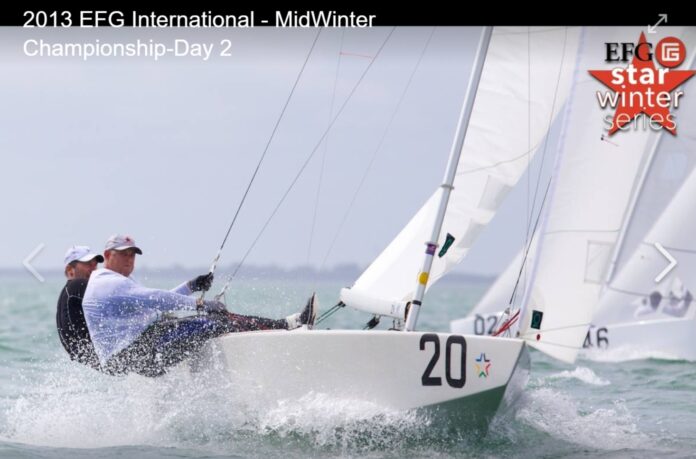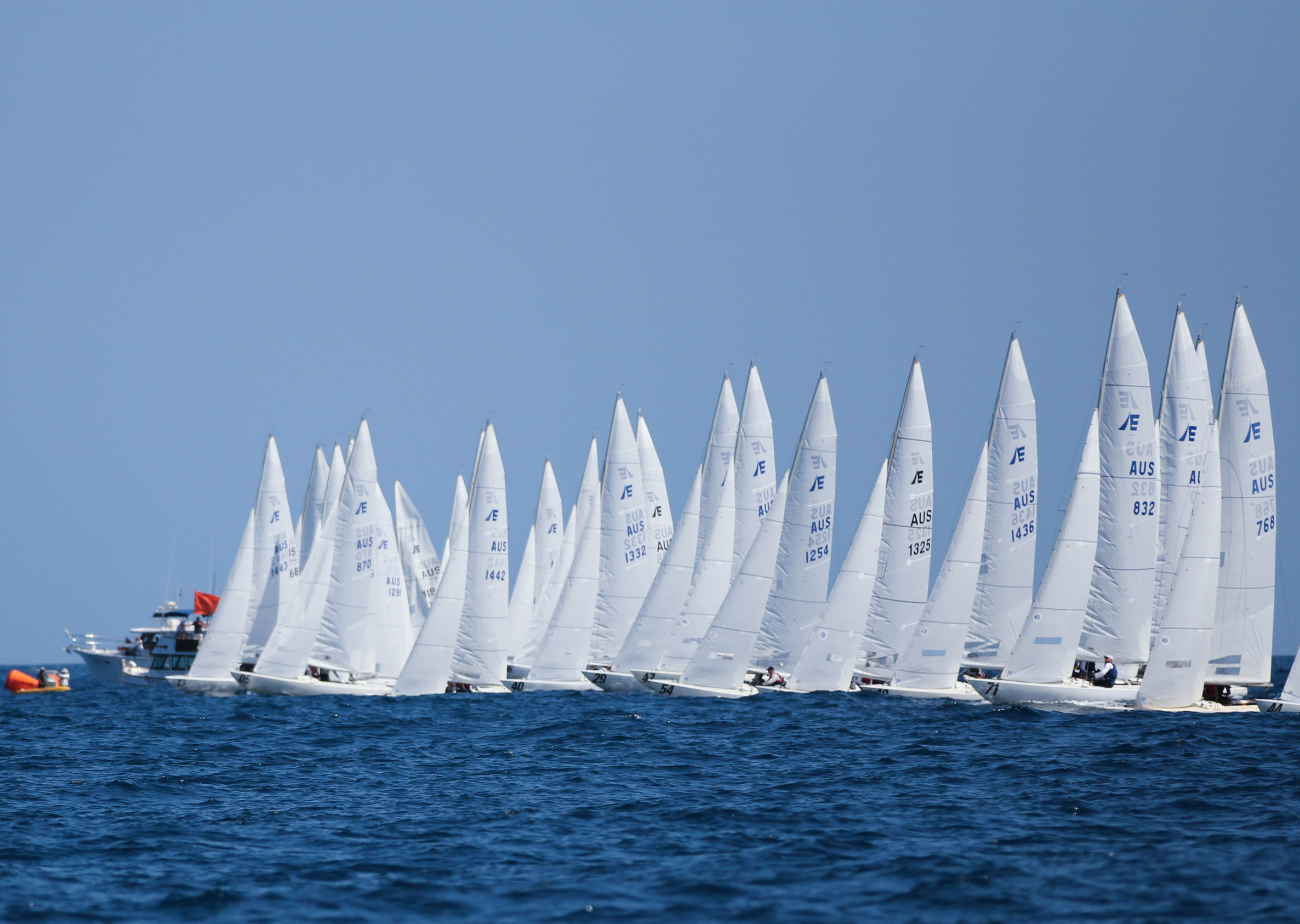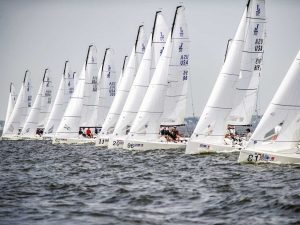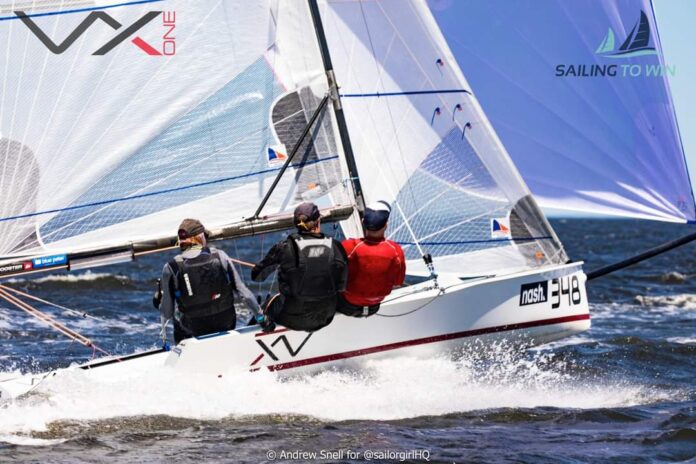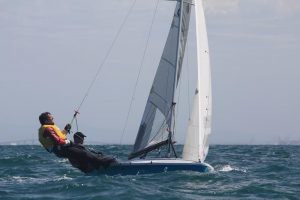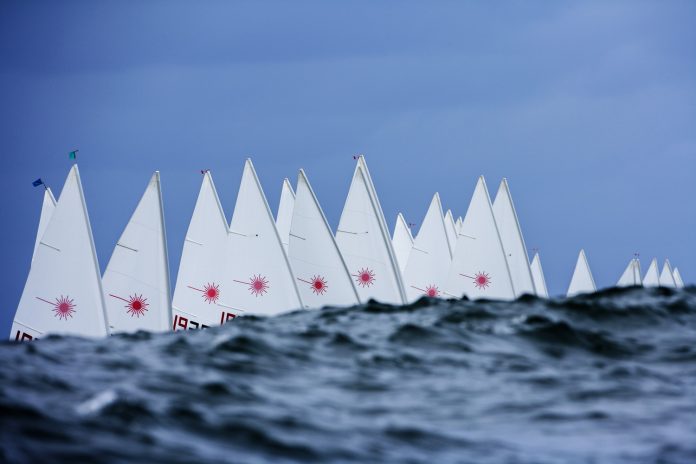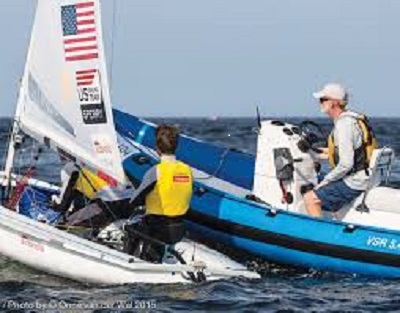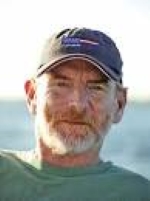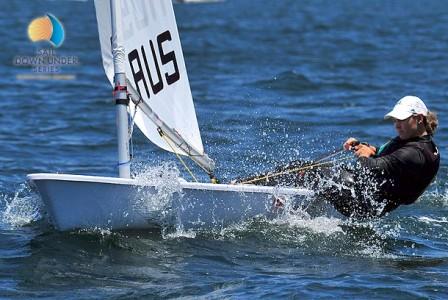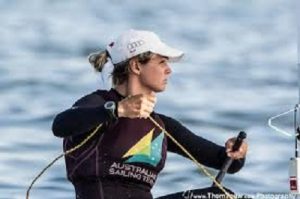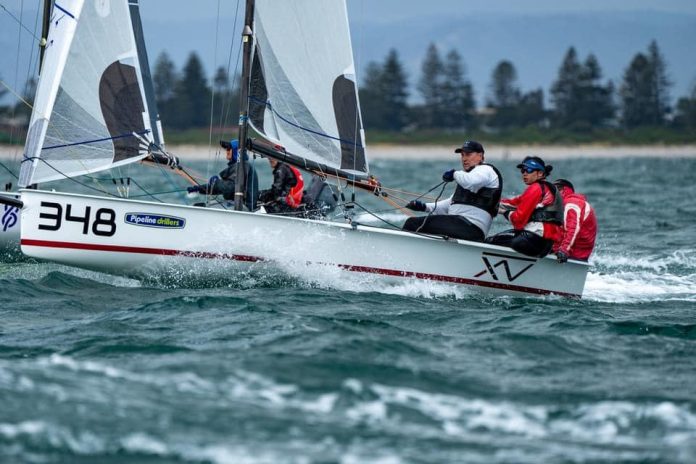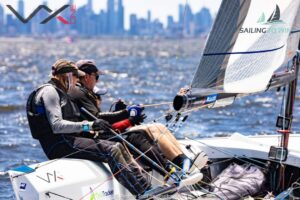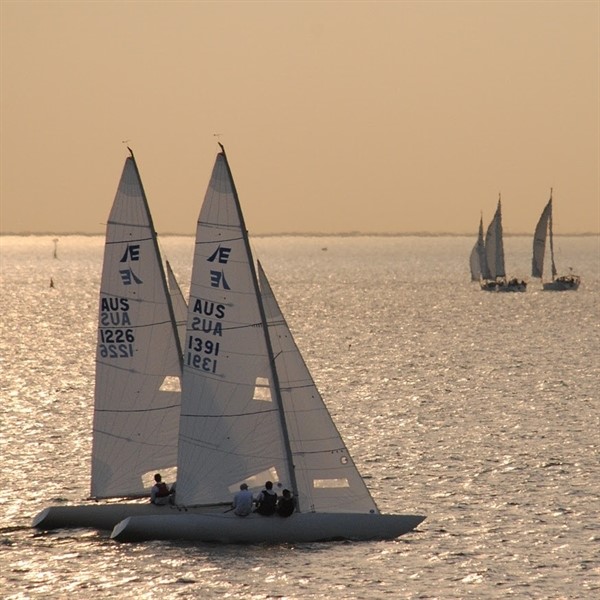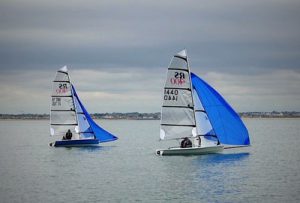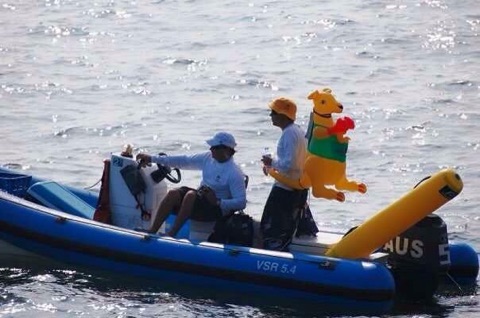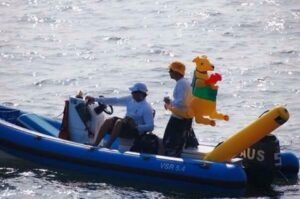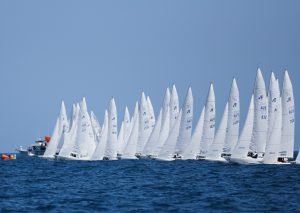
I had a fascinating discussion with Dr Gavin Dagley Consulting Psychologist and Executive coach with a reputation for results and performance development about A Psychologists Take On Sailing
You may ask why should I read further and why is Gavin worth listening to? A brief summary of some of Gavin’s sailing experience and achievements follows.
Some notable Sailing achievements are:
2016 1st Laser Worlds Grand Masters, Nuevo, Mexico
21 national title podium finishes
5 World and International Regatta top 10 finishes
21 podium finishes at National championships, and
5 top-ten finishes in the 8 World and International regattas he has completed, including two wins.
Gavin has received Yachting Victoria awards for “Contribution to Yachting” and “Coaching Program of the Year.”
He is a published sailing writer on the technical aspects of yacht racing with more than 10 years of regular contributions to the US-based magazine “Sailing World.”
As a designer, his sailboard and 14-foot skiff designs have both won their respective national championships.
Gavin has also completed more than 10,000 ocean miles
Part of that discussion is copied below.
Brett: In a recent chat with Mike Fletcher, he said that he takes the tell-tails off the sails of his sailors. He gets them to look backwards, not close their eyes, but look backwards and get the feel for the boat because he said exactly what you said, that feel is just about everything.
Gavin: So to put it in technical terms, feel is the only mechanism we’ve got to translate science into performance. It’s the vital bit in the middle.
So you’ve got this sort of knowledge building that goes on. “I know I’ve got to have a sail shape that looks like this, or the boat’s got to sit with this sort of trim”
- Then there’s the translation piece, which is actually feel, which is governed by skill.
The third part is the decision-making.
So you’ve got all this knowledge, for instance we know if it knocks, you tack, except if it’s a persistent shift, when you hold on.
Then the cross them when you can, and the top mark’s over there and I’ve got no runway left.
So the whole decision-making thing is like the third big bit. And that is often where people trip up with the anxiety stuff, which is the question you asked.
Often what happens when they get stressed, they’ll stop focusing on performance and the decision-making process will get snarled up. They’ll start making bad decisions because they stopped focusing on learning or what’s going on around them.
Our focus becomes, “I’m not winning. I’m not winning.”
FREE PDF BOOK – 49 TIPS
Brett: But then they make a bad decision that compounds the problem then, doesn’t it because they get a little bit further behind. And they get even more frantic and start making decisions that don’t make sense.
Gavin: Exactly. So I don’t think that the latter part is such a big deal until you get to the very top of the sport.
Everybody suffers from it, or has to deal with that in some way, but when you get to the very top of the sport, what you find is that there’s a whole lot more riding on it.
The pressures become bigger and that’s when you start to see those sorts of things. And the people you’re talking to are elite sailors. They’re all athletes. So they’ll be more exposed to that.
I think the average sailor, or the club sailor who wants to improve, that shouldn’t be the focus of attention.
The focus of attention should be on, “How do I build my learning processes and the translation into performance, and the focus on performance?
When I’m out in the water, I’m not winning this race, but you know “Oh, how come his main sheet is further out than mine?”
Or, “This doesn’t feel right. The helm feels like it’s got a lot of load,” or, “I wonder what happens if I rock the boat a little bit further upright,” And it’s this constant orientation to learning.
Brett: I was talking with a really accomplished sailor and he said upwind he was looking at where the other boat’s main sheet was for example. And I thought, “You know, know the sport inside out, you’ve got trophies and achievements up the wazoo”. And he said, “Look. If someone else is going slightly quicker than me, I’ll look over and see how his boat’s setup.” I thought, “Hey, man. You know everything, how come you would copy someone else’s setup.
He said, “At the end of the day, I’ve gotten everything exactly the way I think it should be, but the other fella’s slightly higher or slightly quicker. I don’t care whether he’s a backmarker or a front marker. He’s doing something better than I am.” When you look at the other guy’s boat I used to think, “Well, that’s almost cheating, and you sort of think less of yourself for looking at someone else’s boat. Is their traveller a bit further down, is their boom a bit further off the centre line or something like that. Why wouldn’t you just have a look, it makes so much sense, doesn’t it?
Gavin: Well, that’s exactly the orientation I’m talking about.
The best sailors are constantly just trying to figure it out and figure it out a little bit better.
Taking it a step further, I think a lot of the models that we’ve got, in terms of how we think about sailing, are actually not that helpful.
Let me give you an example. We talk about light winds, moderate winds, and strong winds. I think that model is patently unhelpful. Because, for instance, light winds for an 18-foot skiff is not the same as light winds for an Optimist.
So if you’re giving general advice about how a boat sails, what are light winds? And then, but hang on. Some books say, “In light winds, you want flat sails.” And other books say, “In light winds, you want full sails.” What’s the deal with that?
CLICK FOR FREE SAILING GLOVES
Brett: Then there’s the sea state that makes a difference sometimes.
Gavin: So I’ve spent the last decade or so trying to…, I suppose it’s the psychology bit in me, trying to figure out what models actually work?
In terms of the conditions stuff, I think that there are four conditions, not three. And I think there are three wave states, not just waves and not waves.
Brett: So suddenly it’s getting complicated, isn’t it?
Gavin: But it means you can orient yourself, because for instance…so there’s four…Let me talk about wind conditions.
There’s fragile, there’s powering up and there’s de-powering and there’s overpowered.
That orientation talks about the boat. You can see immediately if the boat…It doesn’t matter what boat it is. Is it powering up or de-powering?
The differentiator, like the mid-point is, am I balancing the boat with my body, or am I balancing the boat with de-powering controls like Cunningham and kicker.
If I’m using my body to move in and out and to balance the boat, then it’s one of the first two. And if my body’s fully hiked all the time, and I’m using my steering and my sail controls, then it’s one of the other two.
You can start to differentiate then, okay, so my techniques are going to be tied to those four conditions.
Likewise, you hear people talking about waves and they say, “So you steer up the front and down the back and stuff.”
And I think, “Well, hang on. There are waves that you can’t do that in, the short steep ones.” So you’ve got basically flat water, you’ve got stop chop, and you’ve got rollers and you sail quite differently in those three.
Those are defined not by the size of the wave, but by how the boat responds to them.
So there are a whole lot of models like that, models around all the technical stuff, for instance.
So Stuart Walker, in my personal view, is one of the greatest thinkers in terms of racing thinking, racing technical thinking. I find his stuff really hard to read and I’ve just forced myself to read through it.
Brett: I’ve got a lot of yachting books and I looked at all of them. I thought, “I’ll do a bit of research for what I’m doing here now.” And some of the books, and his is a good example, they’re bloody hard to read. There are pages and pages of words and it’s all gold, but it’s tough to absorb and stay focused on.
Gavin: He’s a genius.
SAILING TO WIN BOOK AND BONUSES
Brett: But it’s hard to read.
Gavin: How do you absorb that stuff? How do you try and simplify it so that it’s usable?
For instance, we talk about a persistent shift and he talks about a completed persistent shift or a continuing persistent shift. I look at that, and I think, “I have no idea how to use it.”
To my mind, there are three types of persistent shifts. Sometimes you have shifts where just the oscillations are really long, and the beat’s too short so you’ve got to shift.
Let’s take a situation, you’ve gone up the first beat, and the left-hand side was favoured. The boats that came in from the left did well. So the question you come to…come down the bottom mark. And you say, “Right.” If I’m not that particularly thoughtful about this, I’ll just say, “Left worked last time. I’ll go that way again.”
It might not be the right thing to do because, if it’s too long oscillating, it just simply means that they came in from the left because the left was favoured in that series of swings. It might be the right favoured this time.
So I’ve just got to know where I am on the phasing. So too long oscillating is one type and then you’ve got what you call one side. In other words, one side is favoured because of the current, and the left side is always favoured.
And then the third type of condition is the one-off, where you’ve had a rain squall come through and the left side was actually favoured, but now…
Brett: The squall’s gone.
Gavin: …the squalls gone, or the sea breeze has come in, or something’s changed. So that big left side favour…We’ve not got a different, new set of rules so we start again. So now I can use that. It’s either too long oscillating, it’s one side or it’s one-off.
Now I can start thinking about it I can use it, these are new terms.
So people go, “Eww,” but when you start to think about them and start debriefing around that sort of stuff, people start to say, “Oh, okay. Yeah, that sort of makes sense, and I can use that.
I was doing quite a bit of coaching the last few years and when you’re having to explain, particularly to juniors, this sort of stuff, you’ve got to be able to simplify it down.
I think I’ve really had to understand what I’m trying to say because it’s very easy to parrot what somebody else has said. And then you get the hard question. And you say, “Actually, I don’t really know.”
